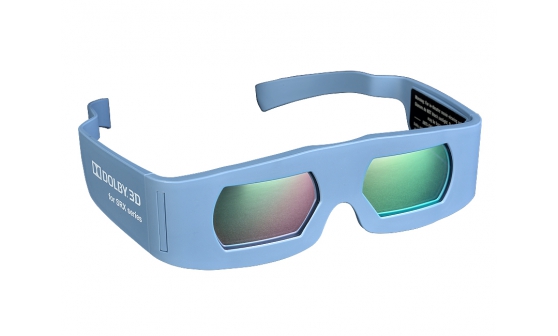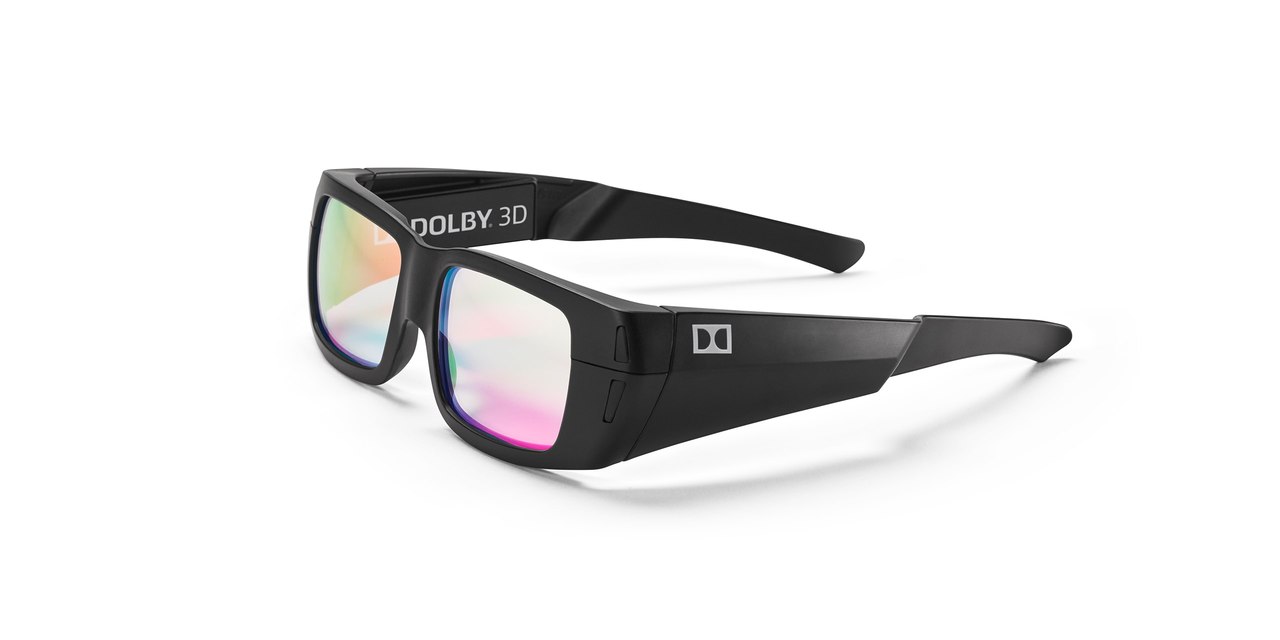
With the release of the movie Avatar, 3D movies become very popular all around the world. Among all the movie theaters Dolby Cinema and IMAX no question provide the most exciting viewing experience. In the year 2010 Hopesun built its line to produce 3D lens blanks for the color separation passive 3D glasses that are being used for Dolby and IMAX 3D cinemas. The lenses are durable, scratch resistant and have high transmittance. Over 5 millions of 3D lens blanks have been shipped for Dolby 3D Glasses and Infitec 3D Glasses over the past 10 years.
What we have been producing include:
1.ROC88 Small Format Lenses
2.ROC111 Small Format Lenses
3.ROC88 Medium Format Lenses



What Are 3D Glasses And How Do They Work
Normally, images in movies, television and videos are seen in two dimensions (height and width), but that may feel limited. That’s where 3D technology comes in.
Different types of 3D image technology require different types of 3D viewing glasses. When 3D signals are sent to the TV or film projector, they are sent in different ways. The TV or projector has an internal decoder that translates the type of 3D encoding used.
Then, when a 3D image is transmitted to the screen, it sends information to the left eye and right eye separately. These images overlap on the screen. The result is a slightly blurred image that can be decoded with special glasses.
The left and right lenses of 3D glasses have different functions, tricking the brain to work this out to perceive these two images as one. The final result is a 3D image in our brain.
Types Of 3D Glasses
Anaglyph
The oldest type of these devices, anaglyph 3D glasses are recognizable by their red and blue lenses. Their frames are sually made from cardboard or paper, and their lenses work by filtering out the red and blue light individually.
Polarized (passive 3D technology)
Polarized 3D glasses are the kind typically used in modern movie theaters. They have darkened lenses, and their frames are usually made from plastic or cardboard.
Much like polarized sunglasses, these 3D glasses restrict the amount of light entering your eyes — one lens allows vertical rays of light into your eye, while the other allows in horizontal rays, thus creating a sense of depth (the 3D effect).
Shutter (active 3D technology)
This option is more sophisticated, thanks to added electronic components — though this means shutter 3D glasses will require batteries or recharging between uses.
These glasses have rapidly moving shutters on each lens, as well as an on-off button and a transmitter. The features work together to sync the rapidly moving shutters according to the on-screen display rate.
